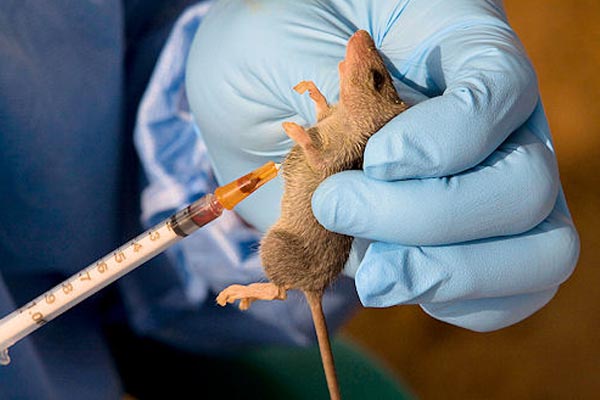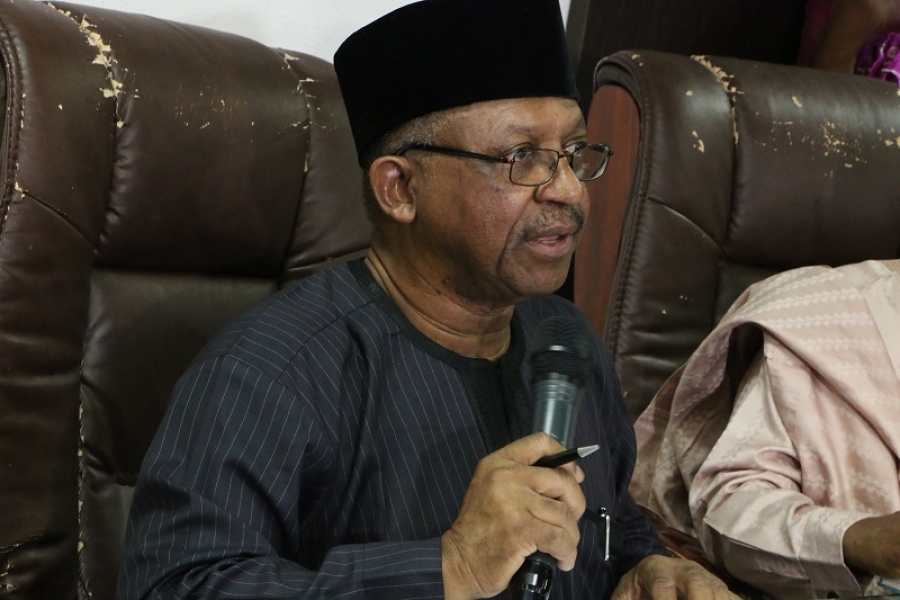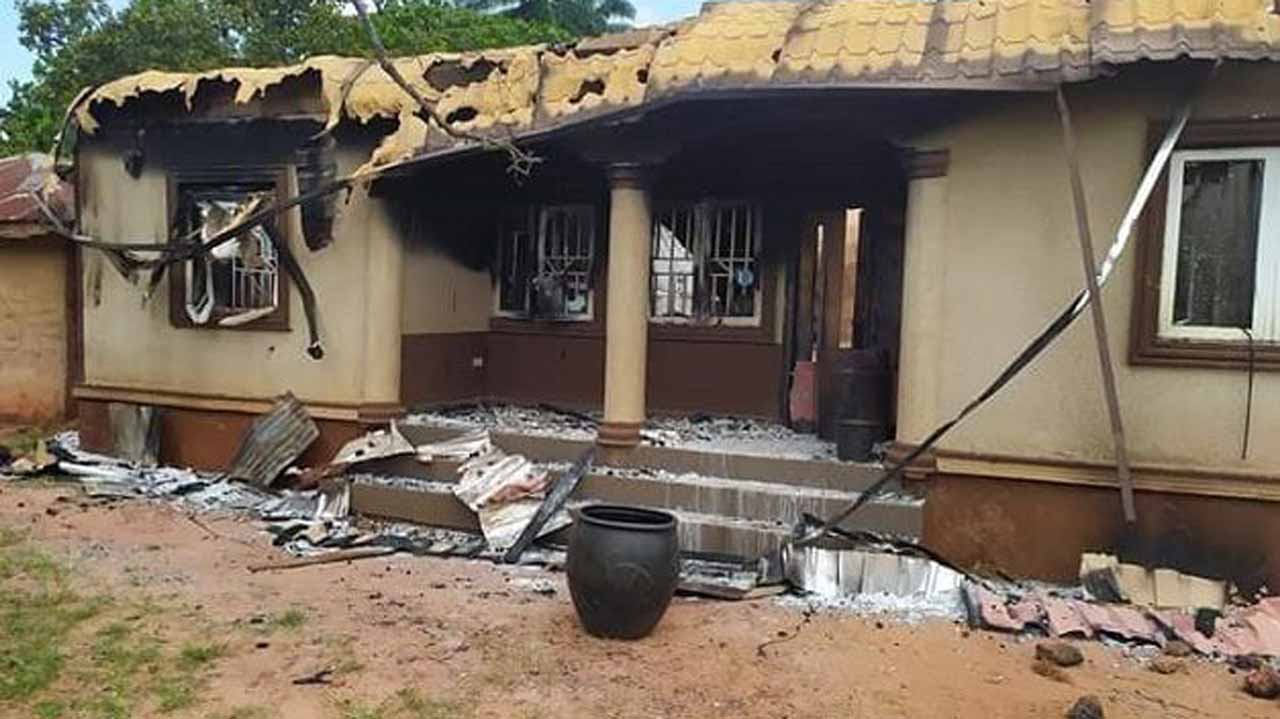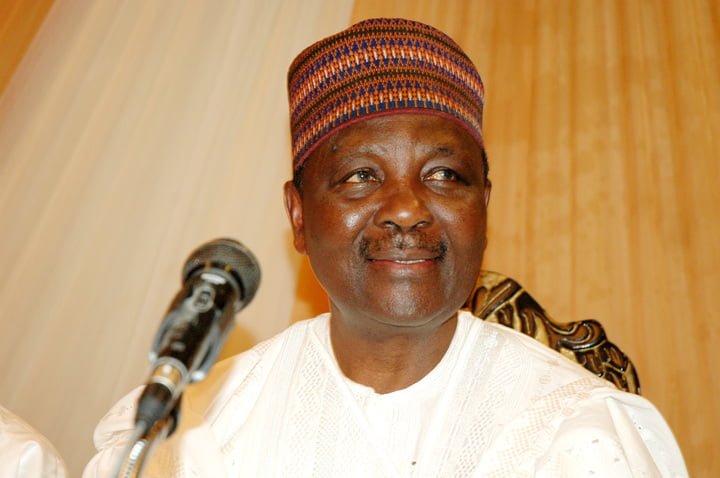Lassa fever casualties on the rise in Nigeria

Daniel Adaji
Since December 2016, Lassa fever infection has been on the rise in the country, as the number of confirmed cases and deaths of health workers and their patients is on the increase. Between 2016 and 2022, Nigeria has recorded 4,308 confirmed cases and 978 confirmed deaths, according to the Nigeria Centre for Disease Control (NCDC) data. Although the death toll peaked at 244 in 2020 and dropped in 2021, it has since then been increasing with 160 confirmed deaths in 2022, signifying 19% of the confirmed cases in the same year. There is a 25% increase in infection between the years 2016 and 2022.
According to NCDC, “Lassa fever (LF) is an acute viral illness and a viral hemorrhagic fever (VHF). The illness was first reported in the Lassa community in Borno State, Nigeria when two missionary nurses died from an unusual febrile illness. Since then cases and outbreaks continue to be reported in Nigeria and the disease is increasingly recognized to be endemic in many parts of West Africa, including Nigeria, Benin, Ghana, Mali, and the Mano River region (Sierra Leone, Liberia, and Guinea), with the disease probably existing in other West African countries as well. An estimated 300,000-500,000 cases and 5,000 related deaths occur annually in West Africa.”
“In 2018, NCDC reported the largest ever a number of cases in Nigeria, with over 600 confirmed cases and over 170 deaths. The increase is not thought to be due to any new virus strains, and may at least be partially explained by increasing surveillance capacity.”
Premium Times reported Dr. Chikwe Ihekweazu, a former Executive Director of NCDC, as saying “the agency had to review the National Guidelines on Infection Prevention and Control of Viral Haemorrhagic Fever, VHF, (which includes Lassa fever) because of the emergence and re-emergence of the group of diseases in Nigeria and the West African sub-region.
He said “VHF posed a great challenge to public health globally, due to the high infectivity, morbidity, and mortality associated with the group of diseases. The sporadic occurrence and viral nature of the disease’s transmission have presented challenges in case management and infection control.

Nigeria’s Minister of Health, Dr. Osagie Ehanire
Dr. Ihekweazu said health care workers’ infection is being recorded and that the workers most times had to be placed on surveillance after the patients had been discharged or died.”
The dry season (December to April) is usually considered the peak period of Lassa fever cases in humans and this period is immediately followed by the reproduction cycle of the Mastomys rats in the wet season (May to December).
The case fatality ratio (CFR) in 2022 is 19.3% with infection spread across 24 states and 98 local governments in the country. Of the 68% confirmed cases, Ondo state has the highest number of confirmed cases (29%) followed by Edo state (25%) and Bauchi state (14%). Specifically, Ondo and Edo states have remained on top of the list since 2016. This could be a result of the proximity of both states to each other.
There is a need, therefore, to increase measures to tackle the infections in these states and other affected areas in the country.
The similarity of Lassa fever symptoms with malaria and flu makes it often difficult to diagnose the infection in rural communities where rapid diagnostic test kits are not available.
The increase in the number of states and local governments is alarming, from 19 states in 2016 to 24 states in states in 2022; that is almost one state per year on average.
Although the Nigerian government has been combating Lassa fever infection, there is a need to do more in order to avert the risk of losing more lives, patients, and health workers inclusive. In a report by The Guardian, Dr. Stephen Fagbemi, the state Director of Epidemiology and Disease Control in the Ministry of Health was quoted as saying “the Ondo Government has intensified measures to rid the state of rats in order to combat Lassa fever and premature deaths associated with the scourge”.
The director said the campaign, which was flagged off in 2020 in Owo Local Government Area, would be held in the remaining three most affected council areas of Akure South, Ondo West, and Akoko South West of the state.
According to him, the campaign for the eradication of rats was intended to complement the government’s initial efforts which were focused on managing Lassa fever patients and embarking on aggressive sensitization of the people on the disease.
He said that the measures to rid the state of rats and the scourge would include Lassa Fever management and feedback mechanisms, distribution of free raticide to residents, and aggressive sensitization and awareness creation.
Because of the increase in the number of confirmed Lassa fever cases across the country and a joint risk assessment with partners and sister agencies, the Nigeria Centre for Disease Control (NCDC) has activated the national multi-sectoral and multi-disciplinary Lassa fever Emergency Operations Centre (EOC) in response to the Lassa fever outbreak in some parts of the country.
The prevention of Lassa fever relies on promoting good “community hygiene” to discourage rodents from entering homes
There are several factors militating against effective control and eradication of this infection. According to Doctors without Borders/Médicins Sans Frontiers (MSF), a medical charity, misdiagnosis of Lassa fever in patients, and stigma arising from diagnosis, hinder efforts to contain the disease in Nigeria. A former Lassa fever patient told MSF how she had contracted Lassa fever in February 2021, treated it as malaria, and remained sick. “When I tested positive, I was shocked to the bone,” she said.
The similarity of Lassa fever symptoms with malaria and flu makes it often difficult to diagnose the infection in rural communities where rapid diagnostic test kits are not available. The World Health Organisation, WHO, says these delayed responses.
Médicins Sans Frontiers further said “many medical staff do not have specific training on the detection and treatment of Lassa. As a result, patients often only receive an accurate diagnosis once they are at a severe stage of the disease, which is more challenging to manage.”
Another survivor, 14-year-old Nneoma, narrated how “everything felt strange” when she contracted the disease with her sister Ukamaka, and their mother, Priscilla. The three of them were treated at the Alex Ekwueme University Teaching Hospital in Abakaliki (AE-FUTHA), Ebonyi State, Southeast Nigeria.
Nneoma’s mother, Priscilla, staff at the hospital, reportedly said the sickness was so severe that “when the children were shouting in pain, I couldn’t help them because I was also down with pain.”
“Although there is no vaccine or definitive cure, an antiviral drug, ribavirin, can be helpful if given early” WHO has said.
According to MSF, treatment had proven pertinent for the community, with over 15 patients treated for Lassa fever at the Abakaliki in the first month of 2022 alone.
World Health Organisation’s advice
The World Health Organization (WHO) says the prevention of Lassa fever relies on promoting good “community hygiene” to discourage rodents from entering homes. It said, “effective measures include storing grain and other foodstuffs in rodent-proof containers, disposing of waste far from the home, maintaining clean households, and considering keeping cats. Precaution should be taken when handling Mastomys rats. All animal products should be thoroughly cooked.”
The WHO added that those caring for affected persons should be careful and avoid contact with blood and body fluids, adding that “in health-care settings, health workers and volunteers should apply standard infection prevention and control (IPC) measures when caring for individuals, regardless of their presumed diagnosis. These include basic hand hygiene, respiratory hygiene, use of personal protective equipment (to block splashes or another contact with infected materials) and safe injection practices.”
This report was produced under the Dataphyte Data and Development Reporting Fellowship 2022.
The Insight Report
Nigeria Coverage



